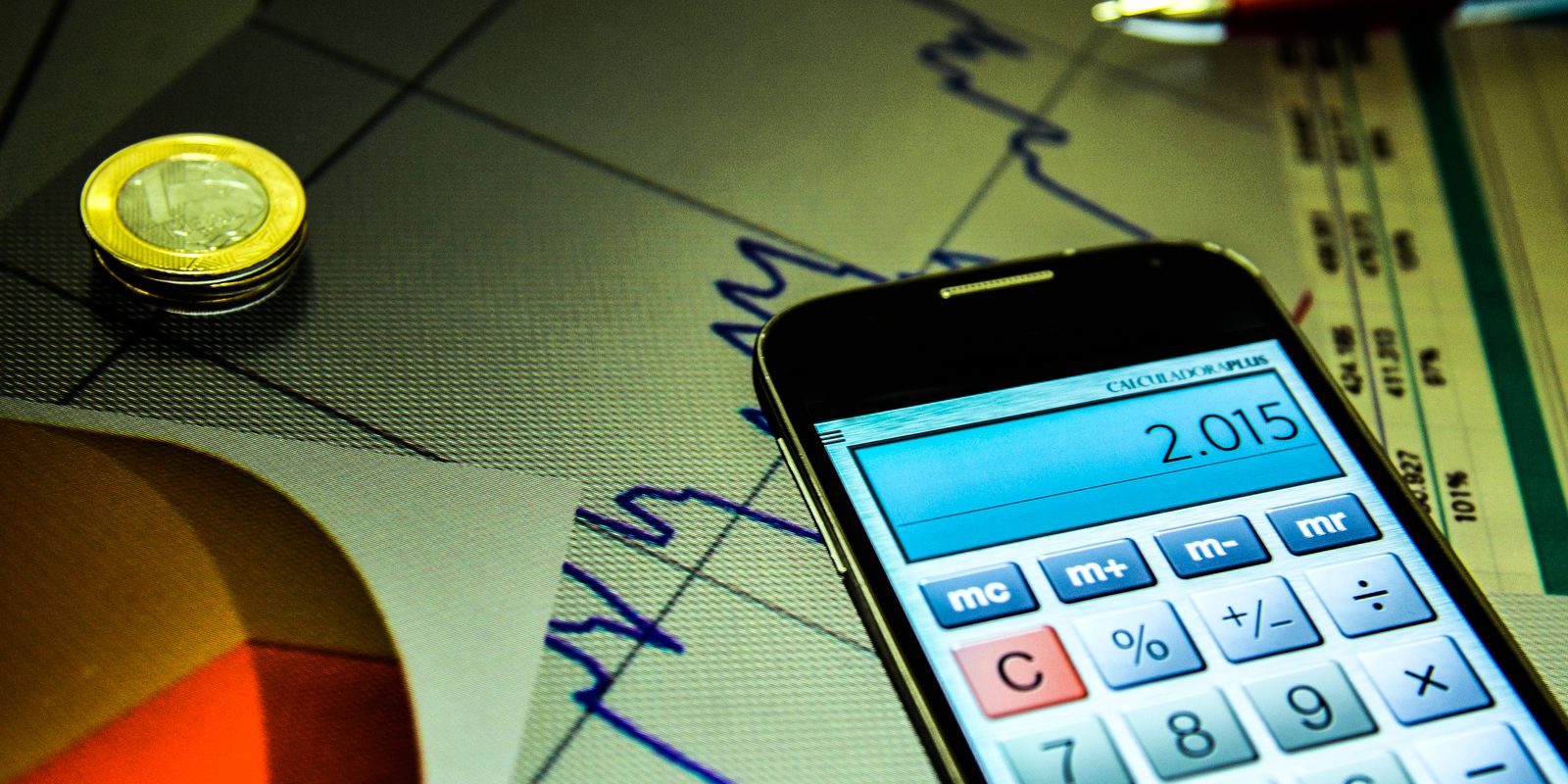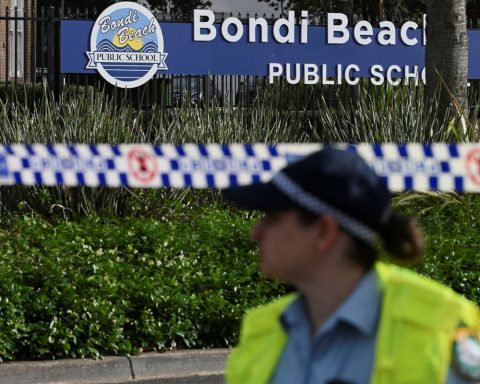The economic activity in the country decreased 0.1% in the third quarter, compared to the previous period, but in September it increased by 0.3%, compared to August. Compared to the third quarter of last year, the Brazilian economy grew 4.1%, and 2.4% in September, compared to the same month in 2020. In monetary terms, in the accumulated result for the year until September, the Gross Domestic Product (GDP, sum of goods and services produced in the country) was estimated, in current values, at R$ 6.338 trillion.
The data are from the Gross Domestic Product Monitor, prepared by the Getulio Vargas Foundation (GDP Monitor-FGV), released today (19) by the Foundation’s Brazilian Institute of Economics (Ibre/FGV).
In the publication, FGV highlighted the downward revision from 1.4% to 1.2% in the 2019 GDP growth rate carried out by the IBGE. According to the monitor’s calculations, in the next release of the Quarterly National Accounts (CNT) the IBGE will revise the GDP growth rate in 2020 from a drop from 4.1% to 4.2%.
For the coordinator of the FGV-GDP Monitor, Cláudio Considers, the Brazilian economy reversed the trajectory of recovery that had been observed in the third and fourth quarter of 2020 and in the first quarter of this year, compared to the immediately previous quarters.
“In the second and third quarters of this year there were two negative rates of 0.1% compared to the immediately previous quarters. In turn, the rate accumulated in 12 months, until September, was only 3.7%. With the exception of mineral extraction and public administration, all other rates accumulated in 12 months were positive”, he explained.
In this comparison, the economist highlighted the rate of the service sector, which had suffered continuous and high monthly declines from April last year to May this year. Now, it registers positive and increasing 12-month accumulated rates since June, with the rate up to September being 3%.
“In the services sector, the activity of other services is relevant, which represents about 15% of GDP, which had a negative monthly rate of 22.7% and which presented high positive rates as of April this year”, he said, adding that the performance is due to the greater coverage of vaccination.
“It allowed for greater interaction between people, going to hotels, bars, restaurants, trips, etc. This is compatible with the consumption of services by families, which in this quarter grew by 8.9%, while that of goods, with the exception of semi-durables (clothing and footwear), decreased”, he said.
Because of the influence of the covid-19 pandemic on seasonal factors for 2020, which may not be really related to seasonality, the September edition of the FGV GDP Monitor included an additional exercise with respect to the seasonally adjusted series.
According to FGV, these impacts are being analyzed by some international statistical institutes and, therefore, in addition to the usual seasonal adjustment, which covers the period from January 2000 to September 2021, “the seasonal adjustment for 2020 and 2021 was also carried out , considering the seasonal factors referring to 2019 and the current calendar factor”.
The GDP Monitor informs that if seasonal factors of the GDP series for the period 2000 to 2019 are used, the results point to a rate of change in the third quarter of 2021 of 2.2%, higher than the 0.1% drop , if the entire period from 2000 to September 2021 is considered.
“The rate of change for September 2021 would be 1.2% higher than the 0.3% observed considering the entire period from 2000 to September 2021. These results suggest that seasonally adjusted rates should be analyzed with caution as the pandemic may have influenced seasonal factors for economic and statistical reasons”, he warned.
Families
Household consumption rose 4.4% in the third quarter compared to the same period last year. The growth in services (8.9%) influenced the result. However, the durable products component had its first drop in twelve months (1.7%). In the seasonally adjusted series, household consumption increased by 0.7% compared to the previous quarter.
Investments
GFCF, which represents investments, advanced 11.8% between July and September 2021, compared to the same period last year. All components continued with their growth trajectory, although machinery and equipment had reduced growth, whose peak was registered in May this year. “In the seasonally adjusted series, the gross formation of fixed capital presented a retraction (4.9%) in the 3rd quarter compared to the 2nd quarter”, points out the report.
Export
Exports rose 0.8% in the third quarter compared to the same period last year. The high growth of the service sector (32.5%) was the highlight, but in the opposite direction there was a relevant fall in agricultural products (15.6%) and mineral extraction (7.2%). In the seasonally adjusted series, exports decreased by 13% between July and September compared to the previous quarter.
Import
Imports also noted evolution. The growth in the third quarter was 28.5%, compared to the same period last year. All import components registered growth, with highlights for intermediate goods (32.4%) and mining and quarrying (71.4%).

















